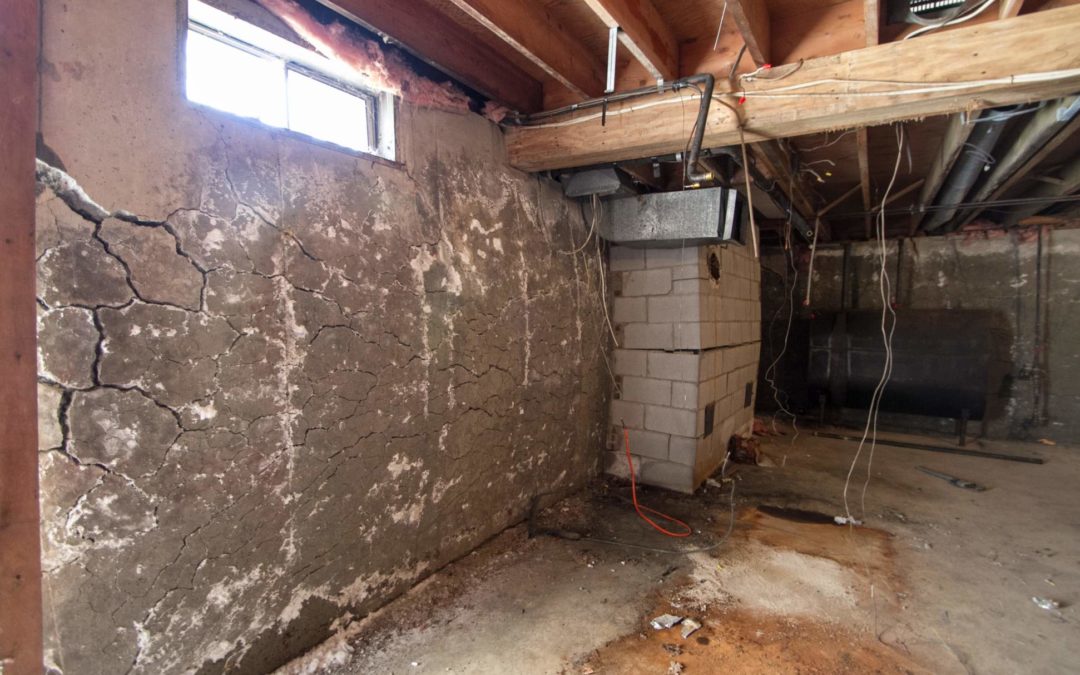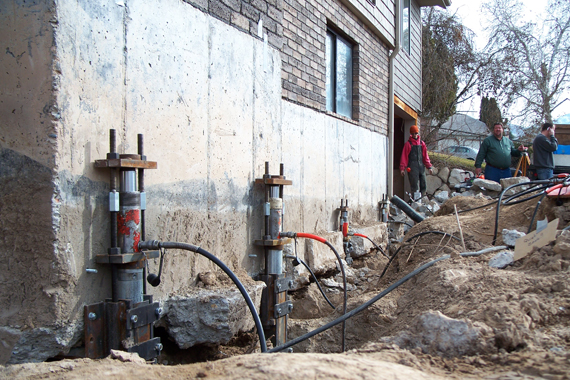
When it comes to your home its foundation is the single most important system. Without a strong, stable foundation to build on, any structure will surely develop serious structural problems. There are several different types of foundations that are used in home construction. Each one has its plus and minuses, but it really comes down to the local building codes and the groundwater table.
Foundation problems can be indicated by a number of different things including wall and floor cracks of varying size and direction. Excessive gaps around exterior doors and windows can also be telltale signs of potential serious foundation issues. When you start to see any types of cracks in the walls and floors you need to pay attention. While most homes will do a certain amount of settling over time, this is generally moderate and should not be more than a fraction of an inch.
When you start to see cracks in the brick on the exterior of the house that runs diagonally up the wall signifies that there is likely significant foundation problems. It is important that you take all cracks that you discover seriously and if you have any doubt in your mind, you should also err on the side of caution and consult a foundation expert.
When the ground under the foundation moves excessively nothing good will come of it. While a little bit of settling is considered normal, when it becomes excessive is when you need to be concerned. When the soil under the foundation of your home begins to sink into the soil, this can be either caused by erosion or the soil contracts. Either one of these conditions can easily put your homes stability at risk. If you suspect that this is occurring, you should contact a professional foundation repair company.

Another concern that can be caused by the soil condition under the foundation of your home is called upheaval. This is when the foundation is forced upward, and it can cause a serious stability issue. An upheaval occurs when the soil expands to the absorption of an excessive amount of water. If you notice one side of the house is raised up as compared to the other side, you should have it looked at.
If your home is not built on a poured concrete slab and has crawl space, you need to be aware that dampness in the crawl space can be equally bad. A rotting pier and beam system underneath your house can easily lead to a catastrophic foundation failure. It can also cause sagging and soft floors inside the house. You should be frequently inspecting the crawl space under your house in order to catch any potential issues before they become serious.
The bottom line is the foundation of your home is what keeps it from totally collapsing. Therefore, you need to be hyper vigilant when it comes to signs that there could be potential issues. Don’t ever hesitate to call in a professional to inspect your homes foundation. Even if you have to spend a little money, you are far better off having the peace of mind knowing the condition of the foundation of your home.
